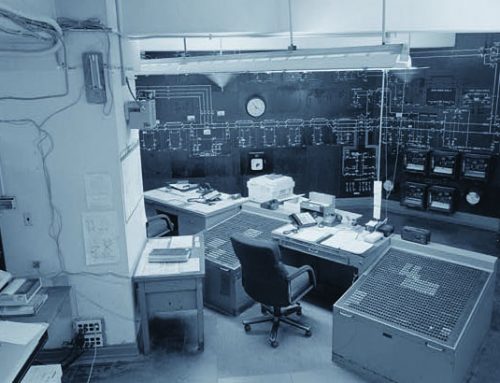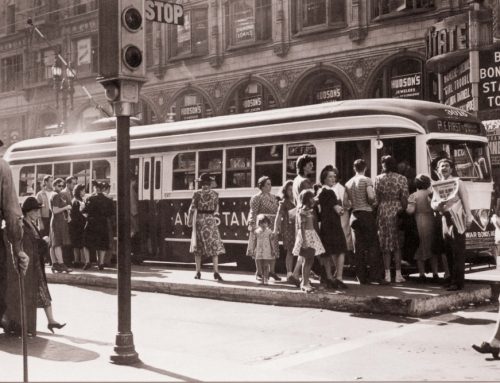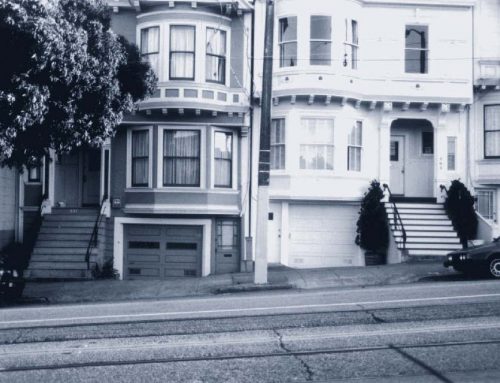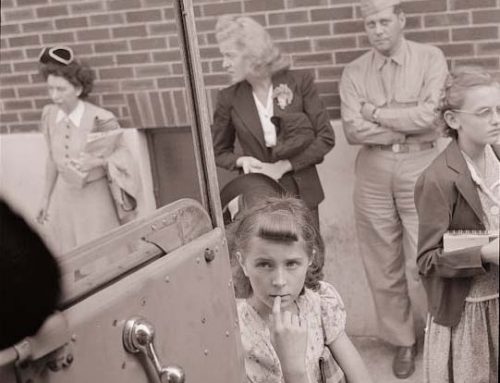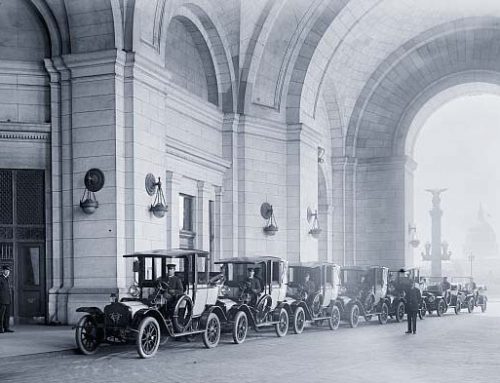To live in Los Angeles is to endure chronic traffic congestion. Cities are places where people cluster together to create and enjoy the benefits of economic wealth, cultural vibrancy, intellectual exchange, and more. But with clustering comes traffic — often lots of it. While nearly everyone agrees that traffic is a problem, opinions diverge widely on what to do about it.
There are five major views on how to best manage traffic congestion. One view focuses on adding road capacity: wider streets, new traffic lanes, left- and right-turn lanes, more parking, and even new freeways — all of which cost a lot of money. A second view favors putting roads on “diets” and adding capacity elsewhere: improved bus service, more bike lanes, increased building densities to encourage walking, and new rail transit lines — the last of which also costs a lot of money. A third and more cost-conscious view focuses on better management of our existing transportation systems: coordinated signal timing for cars, signal pre-emption for buses, remote coordination of bus and train operations, and freeway service patrols all aim to make our transportation systems operate more effectively. A fourth view is that technology will save the day: traffic-sensitive navigation systems, increasing use of services like Lyft and Uber, and, eventually, fully autonomous vehicles that reduce the need for parking and use road capacity more efficiently. The fifth view is perhaps most favored by transportation experts, but is also generally reviled by the traveling public and the officials they elect: using prices to balance the supply of and demand for travel.
Why are experts so enamored of pricing? To answer that question, you need to know two things about congestion. First, when traffic is crawling along at rush hour, fewer vehicles are getting through than at other times, not more. A typical freeway lane can handle up to 2,000 vehicles per lane per hour, but in really bad traffic that throughput can be cut in half; just when we need the most out of our road system, it performs at its worst. So heavy traffic is not only irritating, it’s also really inefficient. Second, traffic delays are non-linear, which means that when traffic rises to certain levels it becomes unstable. Add just a few too many cars at the wrong time and fast-moving traffic suddenly slows to a crawl; take just a few cars off of the road at the right time and traffic speeds and throughput can both increase dramatically. If we can find a way to keep some cars from crowding onto already congested roads at certain times and places, many more people will get through the system overall, and at higher speeds to boot.
Keeping drivers from crowding onto roads at the wrong times and places is not easy, and could entail a heavy-handed role for government. This is where pricing comes in. Road space is scarce and valuable, so why not use prices to allocate it like we do for almost everything else, including food, housing, and utilities? Objections to this question are typically of three sorts.
Road space is scarce and valuable, so why not use prices to allocate it like we do for almost everything else, including food, housing, and utilities?
First, roads are owned by the public, like parks, libraries, and schools; some argue that charging people to drive would be like charging kids to play in the park. But one thing that defines public goods (in the economic sense of the term) is that use by one person does not significantly affect use by others. With congested roads, however, use by one person can strongly affect use by others and can slow everyone else upstream. Thus, charging for roads is qualitatively different from charging for public parks or libraries.
Second, say the skeptics, most people have no choice but to drive to work, school, or shopping, so pricing will impose fees on those with no alternative means of transportation and thus do little to reduce traffic. But research shows that many drivers do respond to prices by shifting the mode, time, and/or route of their travel. And since traffic is non-linear, only a few people have to change their behavior to get traffic flowing again so that many more travelers can get through — a crucial but often disbelieved aspect of road pricing. Rather than simply punishing drivers, well-tailored fees have been shown to buy travelers substantial time savings, with the added benefit of reduced vehicle emissions as well.
Rather than simply punishing drivers, well-tailored fees have been shown to buy travelers substantial time savings, with the added benefit of reduced vehicle emissions as well.
Third, many people fear that pricing would unduly burden low-income households by pushing them off of the roads so that the rich can travel at high speeds. Burdens on the poor are an important consideration, which is why we have programs that assist low-income households by subsidizing the cost of food, housing, and utilities. However, we don’t provide food, housing, and utilities to both low- and high-income households for free. Yet, that is what we’ve done with our roads. Furthermore, transportation systems are currently financed by a combination of property, gas, and sales taxes, the latter of which have raised virtually no objections on equity grounds. Sales taxes are the most popular new way to increase revenues for transportation, but they disproportionately burden the poor who tend to pay a higher share of their incomes on purchases subject to sales taxes. Research suggests that the poorest travelers would be better off with road pricing than with the current trend toward increasing reliance on transportation sales tax finance.
Road pricing is expanding around the globe. In the US, Los Angeles, Orange County, San Diego, Houston, Minneapolis, and a growing list of other cities have high-occupancy toll (HOT) lanes. The prices on these lanes vary based on congestion levels in the parallel “free” lanes in order to keep traffic flowing smoothly in the toll lanes. The Orange County 91 Express Lanes celebrated their 20th anniversary in 2016, and over 600,000 travelers in Los Angeles have accounts to use the I-110 and I-10 ExpressLanes. The revenues generated have helped to pay for improved public transit service in the ExpressLanes corridors.
Outside the US, London, Milan, Singapore, Stockholm, and several other cities now charge drivers who enter their congested central areas. Chronic bumper-to-bumper traffic disappeared virtually overnight after the charges were introduced in each of these places. Buses now travel much faster and more reliably, the streets are more pleasant for walking and biking, and those who want to pay to drive can do so with few delays. In Stockholm, public support for the central area (or cordon) pricing increased after people saw how well it worked. Today, the Southern California Association of Governments is looking into experimenting with central area pricing in some chronically congested districts to see if the sorts of improvements seen in London and Stockholm can be realized here. While sure to meet with resistance among motorists, the experience elsewhere suggests that area pricing, when properly designed and implemented, can drastically reduce traffic and make formerly congested districts more appealing places to live, work, and play.


